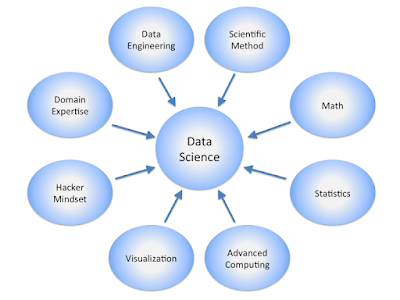What does cultural fit mean?
At a superficial level, company culture can be presented as free food and drink, table tennis and foosball, and of course company parties. More realistically, it means how people interact with each other, what behavior is encouraged, and crucially what behavior isn't tolerated. At the most fundamental level, it means who gets hired, fired, or promoted.
Cultural fit means how well someone can function within a company or team. At best, it means their personality and the company's way of operating are aligned so the person thrives within the company, performs well, and stays a long time. In this case, everyone's a winner.
For a long time, managers have hired for cultural fit because of the benefits of getting it right.
The unintended consequences
Although cultural fit seems like a good thing to hire for, it has several downsides.
Hiring for cultural fit over the long term means that you can get groupthink. In some situations that's fine, for example, mature or slowly moving industries benefit from a consistent approach over time. But during periods of rapid change, it can be bad because the team doesn't have the diversity of thought to effectively respond to threats; the old ways don't work anymore but the team still fights yesterday's battles.
For poorly performing teams, hiring for cultural fit can mean more of the same, which can be disastrous on two levels: it cements the existing problems and blocks new ways of working.
Cultural add
In contrast to cultural fit that focuses on conformity, cultural add focuses on what new and different things an employee can bring to the team.
Cultural add is not (entirely) about racial diversity; in fact, I would argue it's a serious error to view cultural add solely in racial terms. I've worked with teams composed of individuals from different races, but they all went to the same universities and all had the same middle-class backgrounds. The team looked and sounded diverse but their thinking was strikingly uniform.
Here are some areas of cultural add you might think about:
- Someone who followed a non-traditional path to get to where they got. This can mean:
- Military experience
- Non-university education
- They transitioned from one discipline to another (e.g. someone who initially majored in law now working in machine learning).
- Single parents. Many young tech teams are full of young single people. A single parent has a radically different set of experiences. They may well bring a much-needed focus on work-life balance.
- Older candidates. Their experience in different markets and different companies may be just what you need.
- Working-class backgrounds. Most people in tech come from middle-class backgrounds (regardless of country of origin). Someone whose parents were very blue-collar may well offer quite a different perspective.
I'm not saying anything new when I say a good hiring process considers the strengths and weaknesses of a team before the hiring process starts. For example, if a team is weak on communication with others, a desirable feature of a new hire is good communications skills. Cultural add takes this one stage further and actively looks for candidates who bring something new to the table, even when that new thing isn't well-defined.
Square pegs in round holes
The cultural add risk is the same as any hiring risk: you get someone who can't work with the team or who can't perform. Even with cultural add, you still need to recruit someone the team can work with. Cultural add can't be the number one hiring criteria, but it should be a key one.
What all this means in practice
We can boil this down to some don'ts and dos.
Don'ts
- Hire people who went to the same small group of universities.
- Assume racial diversity = cultural add.
- Add people who are exactly the same as the current team.
- Rely on employee referrals (people tend to know people who are like them).
- Look for people with non-traditional backgrounds.
- Be aware of the hiring channels you use and try and reach out beyond the usual channels.
- Look for what new thing or characteristic the candidate brings. This means thinking about the interview questions you ask to find the new thing.
- Think about your hiring process and how the process itself filters candidates. If you have a ten-stage process, or a long take-home test, or you do multiple group interviews, this can cause candidates to drop out - maybe even the candidates you most want to attract.
Cultural add goes beyond the hiring process, you have to think about how a person is welcomed. I've seen teams unintentionally (and intentionally) freeze people out because they were a bit different. If you really want to make cultural add work, management has to commit to making it work post-hire.
An old joke
Two men become monks and join a monastery. One of the men is admitted because he's a cultural fit, the other because he's a cultural add.
After dinner one evening, the monks are silent for a while, then one monk says "23" and the other monks smile. After a few minutes, another monk very loudly says "82", and the monks laugh. This goes on for a while to the confusion of the two newcomers. The abbot whispers to them: "We've been together so long, we know each other's jokes, so we've numbered them to save time". The new monks decide to join in.
The cultural fit monk says "82" and there's polite laughter - they've just heard the same joke. The cultural add monk thinks for a second and says "189". There's a pause for a second as the monks look at one another in wonder, then they burst out in side-splitting laughing. Some of the monks are crying with laughter and one looks like he might need oxygen. The laughter goes on for a good ten minutes. The abbot turns to the cultural add monk and says: "they've never heard that one before!".
If you want more of the same, go for cultural fit, if you want something new, go for cultural add.

